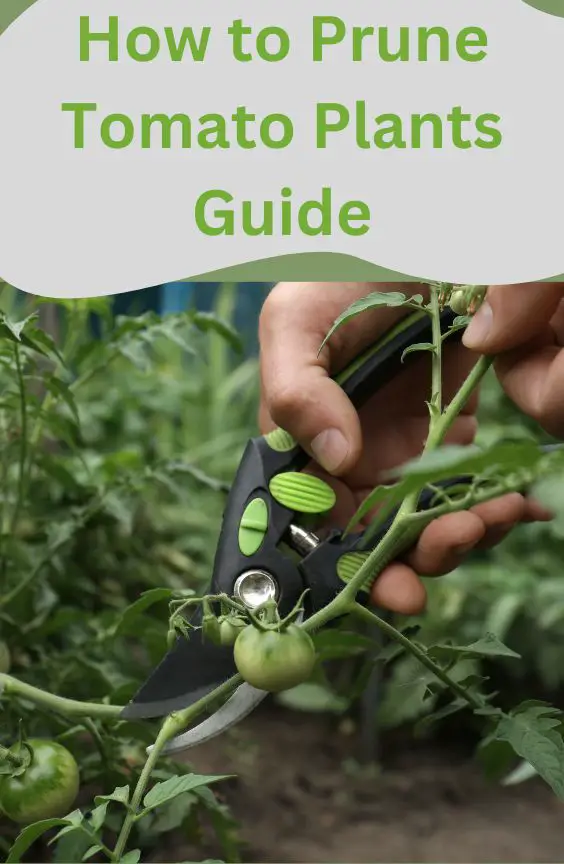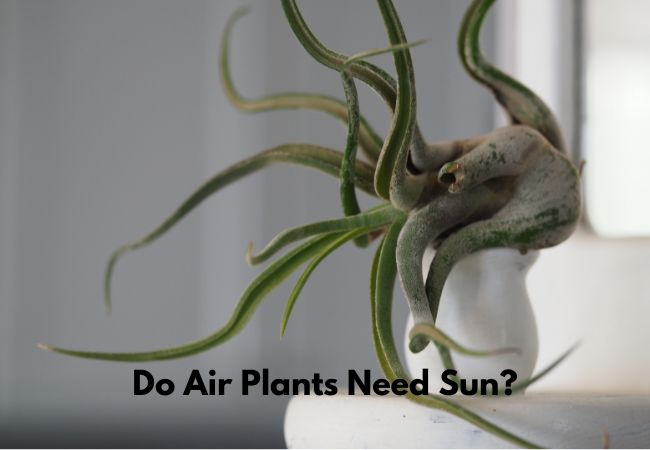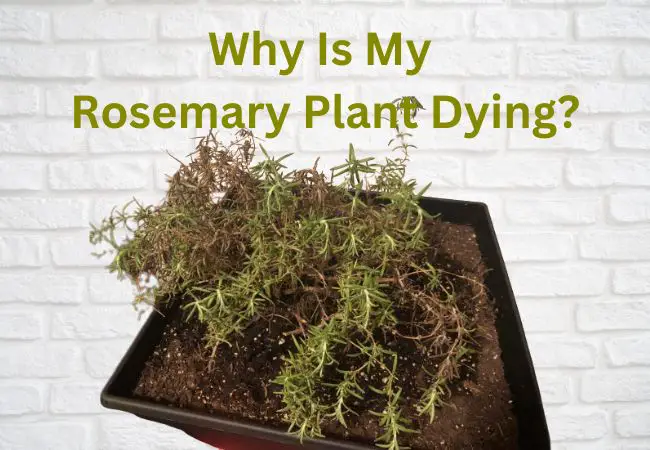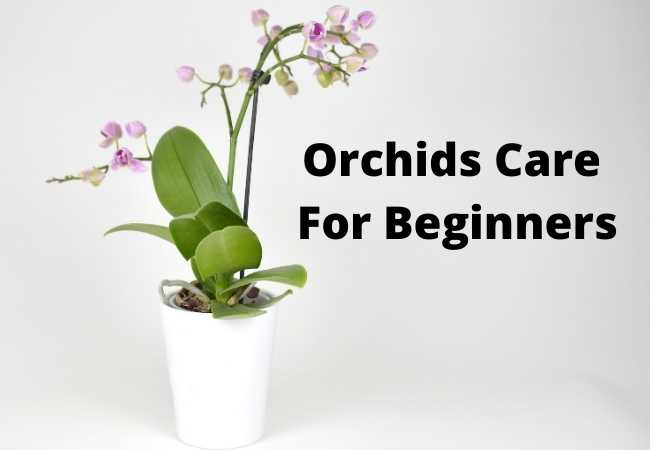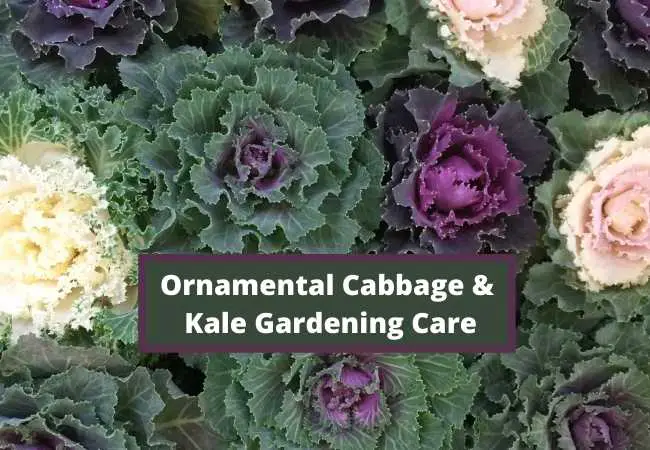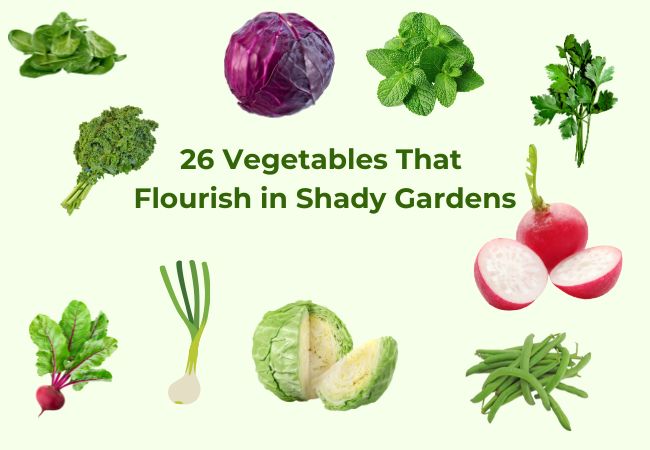How to Prune Tomato Plants Guide
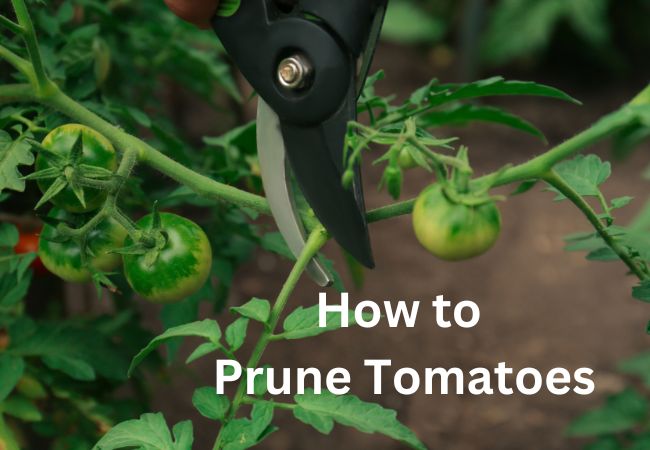
Learn how to prune tomato plants for optimal growth and fruit production. Tomatoes are a popular and rewarding addition to any garden. However, to ensure healthy growth and maximize fruit production, it is crucial to properly prune tomato plants.
How To Prune Tomato Plants
Pruning involves the selective removal of certain parts of the plant to promote better air circulation, increase sunlight exposure, and redirect energy toward fruit development.
I have grown tomatoes for many years and in this post, I will explore the techniques and tips for effectively pruning tomato plants.
Understanding Tomato Plant Growth
Basic anatomy of a tomato plant
Tomato plants consist of a main stem, leaves, flowers, and fruits. Understanding the structure of a tomato plant is essential for proper pruning.
Different types of tomato plant
Tomato plants are categorized as determinate or indeterminate. Determinate varieties have a compact growth habit, while indeterminate varieties are vining and continue to grow and produce fruit throughout the season.
Factors influencing growth and production
Various factors, including temperature, sunlight, soil conditions, and water availability, influence the growth and fruit production of tomato plants. Pruning helps optimize these factors for better yields.
When to Prune Tomato Plants
Determinate vs. indeterminate varieties and pruning requirements. Determinate tomato plants require minimal pruning as their growth is naturally controlled. Indeterminate varieties benefit from regular pruning to maintain their shape and encourage fruit production.
Ideal timing for pruning
Tomato plants should be pruned when they are actively growing but not during extreme weather conditions. Early morning or late afternoon is the best time to prune to minimize stress on the plants.
Considerations for different climates and conditions
Climate and growing conditions can affect the timing and extent of pruning. For cooler regions, pruning may be necessary to enhance sunlight exposure, while in hotter climates, judicious pruning can prevent excessive heat stress.
Tools and Supplies Needed for Pruning
Essential tools for tomato plant pruning include pruning shears or sharp scissors, gardening gloves, and a clean cloth for wiping tools.
Optional supplies for additional support
Depending on the tomato variety and growth habit, you may need stakes, cages, or trellises to provide support to the pruned plants and prevent them from sprawling on the ground.
Techniques for Pruning Tomato Plants
A step-by-step guide to pruning determinate tomatoes
- Remove any lower leaves that touch the ground to prevent diseases.
- Remove any suckers that emerge from leaf axils, as determinate varieties do not benefit from additional branching.
- Limit pruning to damaged or diseased foliage, maintaining the plant’s natural form.
A step-by-step guide to pruning indeterminate tomato plants
- Identify the main stem and remove any suckers emerging from the leaf axils below the first fruit cluster.
- Select one or two strong side branches to develop into fruiting stems.
- Remove any additional suckers that emerge above the selected fruiting stems.
- Regularly prune side shoots that appear between the main stem and the side branches to maintain airflow and prevent overcrowding.
Tomato Pruning tips
- Remove suckers when they are small to avoid causing excessive stress to the plant.
- Use clean and sharp pruning tools to minimize damage and the spread of diseases.
- Remove diseased or damaged foliage promptly to prevent the spread of pathogens.
Training and Supporting Pruned Tomato Plants
Stake and tie methods for supporting tomato plants
Staking involves securing the main stem to a stake and tying the plant as it grows to maintain an upright position. This method is commonly used for indeterminate tomato plants.
Selecting appropriate supports for pruned plants
Choose sturdy stakes or cages that can support the weight of the tomato plant and its fruits. Ensure the support is tall enough to accommodate the plant’s full height.
Training techniques to encourage upright growth
Gently tie the main stem to the stake using soft plant ties, allowing room for natural growth.
As the plant grows, secure the side branches to the support structure, gently looping ties around them to prevent breakage.
Tomato Pruning Mistakes
Over-pruning and its consequences
Excessive pruning can lead to reduced fruit production and sunburned fruits. Avoid removing too many leaves and branches, as they play a crucial role in photosynthesis and nutrient absorption.
Neglecting proper sterilization of tools
Dirty or contaminated pruning tools can spread diseases from one plant to another. Before pruning, clean your tools with a disinfectant solution or rubbing alcohol to minimize the risk of infection.
Improper removal of suckers and foliage
When removing suckers or foliage, make clean cuts close to the main stem to minimize damage and promote quick healing. Avoid tearing or ripping the plant tissues.
Maintenance and Care After Pruning
Watering and fertilization considerations
Adjust your watering and fertilization practices to accommodate the pruned plants’ reduced foliage. Monitor soil moisture levels and provide adequate nutrients to support fruit development.
Disease and pest management post-pruning
Pruning opens up the plant canopy, improving airflow and reducing the risk of diseases. However, continue monitoring for pests and diseases and take appropriate measures if necessary.
Regular monitoring and adjustments
Observe the pruned tomato plants regularly to ensure they are growing in the desired shape. Make necessary adjustments, such as tying or removing additional suckers, as the plants continue to develop.
Final Thoughts on Pruning Tomatoes
Pruning tomato plants is a valuable care practice that will help you get healthy plants and have a bountiful harvest.
After doing it several times, tomato pruning becomes easier and it’s just one of the garden activities to keep the plants healthy.
I hope this post on how to prune tomato plants was informative and will be helpful to you as you prune your tomatoes. Also, follow me on Pinterest for more awesome gardening posts.
